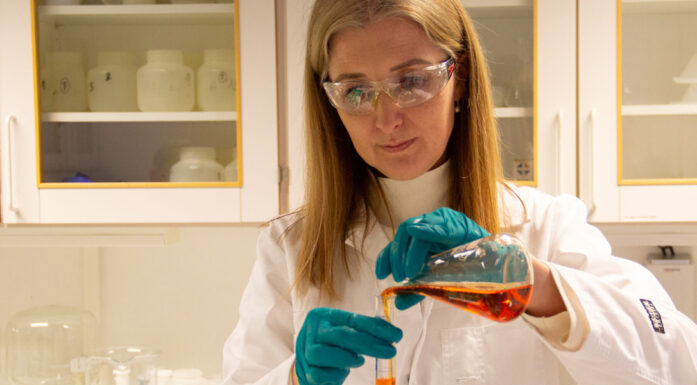More positive outcomes when elderly are treated locally
Municipalities were given more responsibility for specialist health services in 2012. The changes appear to have resulted in better healthcare for the elderly.
Older people with health problems often need some form of intermediate level monitoring, care and treatment services.
They may not need the resources of a hospital but do require somewhat more advanced help than a nursing home can usually offer. “Intermediate care units” are primarily intended to replace an acute hospital admission, but are occasionally also used following admission.
“Intermediate care units are the newest trend in health policy, and Norway is way ahead of the curve in this regard,” says Pål Erling Martinussen, a professor in the Department of Sociology and Political Science at NTNU.
This is a sort of middle ground between a hospital and a nursing home that is located close to patients’ homes – a sort of local community hospital if you like. Norway has been establishing this healthcare offering in the last ten years as part of the Norwegian Coordination Reform implemented in 2012.
A group of researchers from NTNU, SINTEF and UiO have now studied how this service affects various indicators that can provide evidence of the quality of Norway’s health service. And they have good news.
- You might also like: The sickest are the most supportive of the healthcare system
Fewer deaths and fewer hospital readmissions
“All Norwegian municipalities had to set up ‘municipal acute units’ (MAUs) following the healthcare decentralization and coordination reform in 2012,” says Martinussen.
The introduction took place gradually. The aim was to provide good integrated services that were more adapted to individual users. Not all reforms within the healthcare system were welcomed with open arms. However, the findings appear to show that the reformed healthcare service is better for older patients who need this type of close follow-up.
“We’ve found that the introduction of these medical units is associated with both lower mortality and fewer readmissions,” says Martinussen.
But this finding only applies to the oldest patients. The connection is also significantly stronger if the municipal acute units are organized as larger units and are well staffed by medical professionals.
This type of intermediate health service is thus associated with lower mortality rates for the elderly and might indicate that the healthcare services within the municipalities has improved since MAUs were introduced. Moreover, fewer people now need to be readmitted to the hospital for new treatment.
- You might also like: Patients like public health services best
Worthy of implementation by other countries
The research group examined mortality rates in patients over 80 years of age and hospital readmission rates for the 67+ age cohort. The improvement was statistically significant in both cases.
“Our findings are a strong indication that MAUs have worked as intended. Health services for the elderly might have indeed improved by moving some treatment from the hospitals to where people live. But this should be followed up by further research,” says Martinussen.
Further research could potentially confirm whether a direct connection exists between the introduction of MAUs and the reduction in mortality and readmission rates that the researchers have observed among the elderly.
The professionals believe that these healthcare reforms could be successfully introduced elsewhere.
“Our research group believes that countries with a healthcare system similar to Norway’s could achieve good results if they introduced similar local services for their patients,” says Martinussen.
Reference: Geir Haakon Hilland, Terje P. Hagen, Pål E. Martinussen, Stayin’ alive: The introduction of municipal in-patient acute care units was associated with reduced mortality and fewer hospital readmissions, Social Science & Medicine, Volume 326, 2023. https://doi.org/10.1016/j.socscimed.2023.115912.





